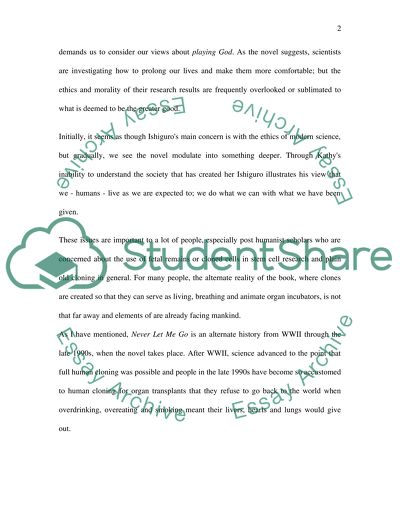Cite this document
(“Are the Clones Real People Never Let Me Go by Kazuo Ishiguro Book Report/Review”, n.d.)
Are the Clones Real People Never Let Me Go by Kazuo Ishiguro Book Report/Review. Retrieved from https://studentshare.org/miscellaneous/1526559-why-are-or-arent-the-clones-real-people
Are the Clones Real People Never Let Me Go by Kazuo Ishiguro Book Report/Review. Retrieved from https://studentshare.org/miscellaneous/1526559-why-are-or-arent-the-clones-real-people
(Are the Clones Real People Never Let Me Go by Kazuo Ishiguro Book Report/Review)
Are the Clones Real People Never Let Me Go by Kazuo Ishiguro Book Report/Review. https://studentshare.org/miscellaneous/1526559-why-are-or-arent-the-clones-real-people.
Are the Clones Real People Never Let Me Go by Kazuo Ishiguro Book Report/Review. https://studentshare.org/miscellaneous/1526559-why-are-or-arent-the-clones-real-people.
“Are the Clones Real People Never Let Me Go by Kazuo Ishiguro Book Report/Review”, n.d. https://studentshare.org/miscellaneous/1526559-why-are-or-arent-the-clones-real-people.


